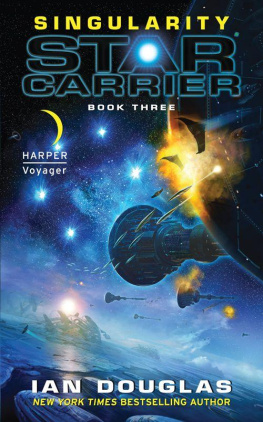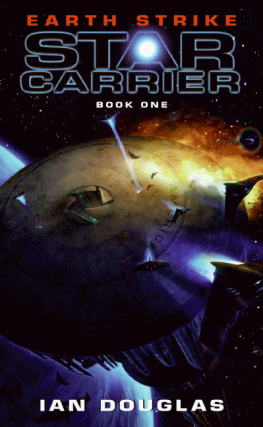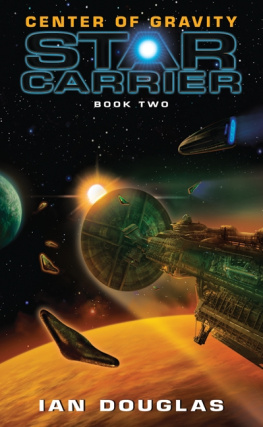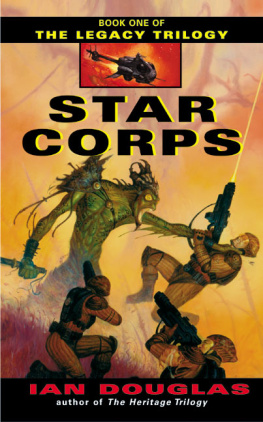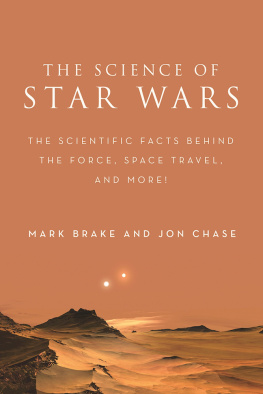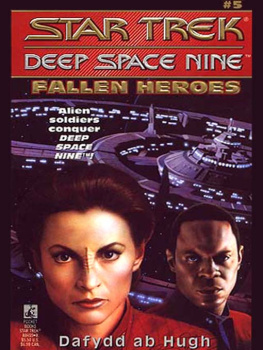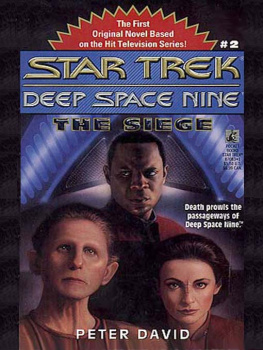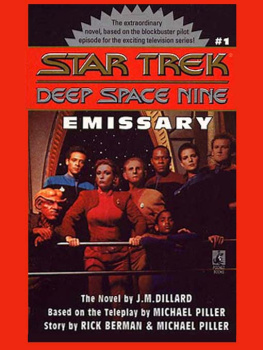
For Brea, who made it all possible
Contents
Agletsch Data Download 783478
Extant Galactic Civilizations
Classification: Red-Alfa
Civilization Classification Code: A548B7C
Polity Name: Shdaar
O THER NAMES: Shdaar Empire, Shdaar Network, Ngai Cloud Civilization
H OMEWORLD: Unknown, but assumed to be a number of planets located within the core of Omega Centauri T -0.876gy , a small, irregular galaxy located roughly ten thousand light years above the plane of the Milky Ways spiral arms and 876 million years in the past. This dwarf galaxy was absorbed by the Milky Way approximately 700 million years ago, and exists now, in vastly reduced form, as the Omega Centauri globular star cluster, some sixteen thousand light years from Sol.
H ISTORY: In the remote past, the Ngai Star Cloud was dominated by the ur-Shdaar, a collective of advanced, star-faring civilizations. At a time estimated to be between 876 million and 900 million years in the past, the ur-Shdaar went through the so-called Vinge Singularity, when accelerating technology effected a still poorly understood transformation that brought about the collapse of the ur-Shdaar culture. While a majority of the sentients comprising the ur-Shdaar seem to have vanishedtranslated, perhaps, to a parallel universe, an otherwise inaccessible higher dimension, or even a virtual reality of their own makingmany beings were unable or unwilling to make the transition. Known as Refusers, these remnant groups and cultures rebuilt their civilization after the galactic catastrophe that became known as the Schjaa Hok the Transcending. These Refusers ultimately became the Shdaar.
G ALACTIC CONTACT: The ur-Shdaar created a number of artificial wormhole pathways between their galaxy and the Milky Way, variously known as gateways, as Shdaar Nodes, or as TRGA cylindersfor the Texaghu Resch gravitational anomaly, the first such device discovered by Humankind. Since these pathways traversed spacetime, meaning space and time, some gave the ancient Shdaar access to their remote futureour present. There is evidence of Shdaar activity within our own epoch around twelve thousand years ago, with the extermination of a race called the Chelk, somewhere in the vicinity of the Texaghu Resch star system and the TRGA cylinder.
Over the next twelve thousand years, numerous other technic species within Sols galaxy were either destroyed or forced to abandon or curtail certain lines of scientific research or technological developmentnotably the so-called GRIN technologies: genetics, robotics, information systems and processing technologies, and nanotechnology. Among these are Shdaar client races with which Humankind has been at war since 2367, including the Turusch, the Hrulka, the Nungiirtok and their Kobold symbiotes, and the Slan. One other Shdaar client species within our own galaxy with which Humankind has been in contact since 2312 is the Agletsch, a mercantile race that has provided Humankind with much of what it knows about the Shdaar.
S HDAAR POLITY COMPOSITION: As noted previously, the Shdaar properly is a grouping of numerous technic civilizations, none even remotely human in appearance or psychology. Some, including the Shdaar Refuser remnant, appear to exist now solely in electronic form, occupying computer networks or artificial bodies mimicking their ancient existence as ur-Shdaar. Other Refuser species still exist in corporeal formincluding the Sjhlurrr, the Fhaaz-Fheen swarm symbiotes, the Adjugredudhra, the Groth Hoj, the Zhalleg, the Baondyedd, and numerous others. The total number of distinct species within the Shdaar Network numbers in the thousands.
T ECHNOLOGY: Though the Shdaar seem determined to limit the technology of other species in certain key areas, their overall level of advancement is somewhat beyond that of Humankind circa 2400. This seeming paradox is best explained by their desire to prevent Transcendence in other technic species, a process that appears to be linked to GRIN technologies but not to gravitics and drive technologies, military weaponry, or energy. The Shdaar seem to fear those technologies that bring about radical change in body or mental processes within both artificial and organic intelligences.
According to Agletsch sources, the Shdaar possess the technology necessary to detonate stars and obliterate entire star systems.
Whether the Shdaar xenotechnic paranoia is religious or philosophical in nature, or based on the Shdaar equivalent of hardheaded practicality, is at this point completely unknown....
Partial extract from Agletsch data transmission
14 March 2420
25 September 2424
TC/USNA RSV Endeavor
The Black Rosette,
Omega Centauri
16,000 light years from Earth
1330 hours, TFT
Nothing like it had been seen ever before, even in a galaxy as strange and as wonder-filled as the Milky Way. The USNA deep-space research survey vessel Endeavor edged as close to this particular wonder as her captain dared, as clouds of drones and AI reconnaissance vessels probed the outermost fringes of the Rosettes twisted central vortex.
They called it the Black Rosettesix black holes balanced in a tight, gravitational embrace and whirling about a common center. Each was slightly larger than Earth; each possessed a mass of some forty times Earths sun and was moving at almost 26,000 kilometers per second... better than 0.08 c . A total mass 240 times that of Earths sun, rotating that quickly, twisted the fabric of the spacetime within which it was embedded and did unexpected things to the geometry of local space. From the perspective of the crew on board the Endeavor , organic and otherwise, it appeared that the central void between the whirling black holes was filled with soft white starlight. As the Endeavor drifted past the open face of the Rosette, however, details of that light shifted and changed, revealing, it seemed, a succession of starscapes, densely packed alien starclouds and constellations flickering from one to another... a gateway into myriad alternate panoramas of thick-strewn stars.
At certain angles, Endeavor s sensors detected fierce storms of radiation emerging from the gateway; at others, the emerging radiation was at normal background levels, though a certain amount of hard gamma continued to flood through local space from the six mutually orbiting black holes. The whirling sextet appeared to be enmeshed in a thin, hot cloud of gas drawn from surrounding space, and the planet-sized black holes were made somewhat visible as the resultant blue-violet plasma was greedily devoured in shrieks of gamma and X-ray radiation.
Endeavor s commanding officer, Captain Sheri Hodgkins, checked the ambient radiation levels on the research vessels skin and decided that they were quite close enough. In fact...
Pull us back a few hundred kilometers, Mr. Colger.
Aye, aye, Captain. Maneuvering...
Hodgkins was linked through her cerebral implants to the ships AI, and in the window open within her mind she could see the Endeavor pulling back slightly from the massive whirlpool ahead. Like most large star-faring vessels of Earth, Endeavor was mushroom-shaped, her labs and drives within her axial stem, her hab and command modules rotating about the stem, and both tucked away within the shadow of an immense mushroom cap. The water within the shield cap both provided fuel for her fusion drives and protection from sleeting radiation at near- c velocities. The shield was serving now to deflect or absorb most of the radiation from the Rosette ahead; her magnetic hull shields provided some protection, but she didnt want to take chances with the radiation storm outside the ships hull.
Next page


